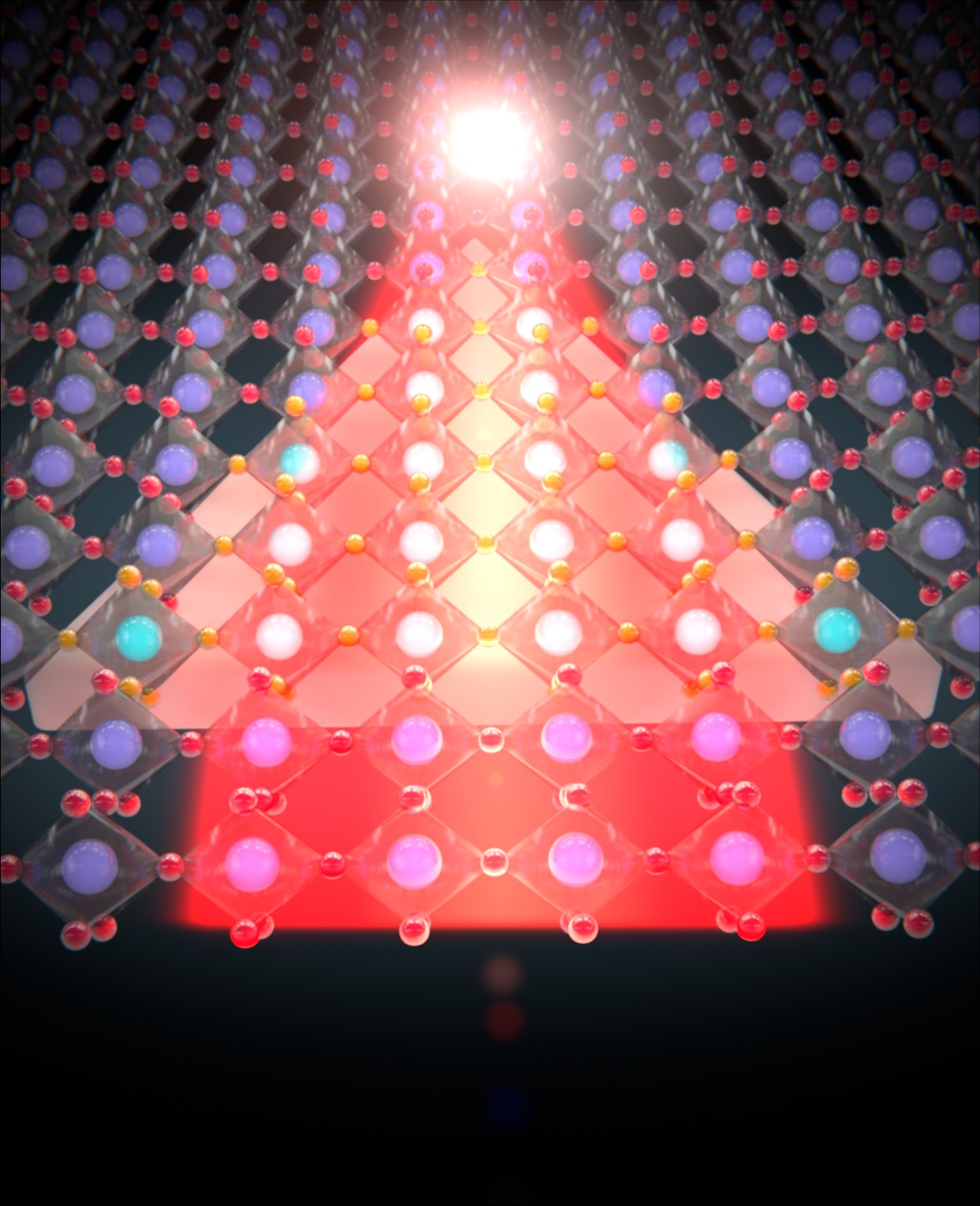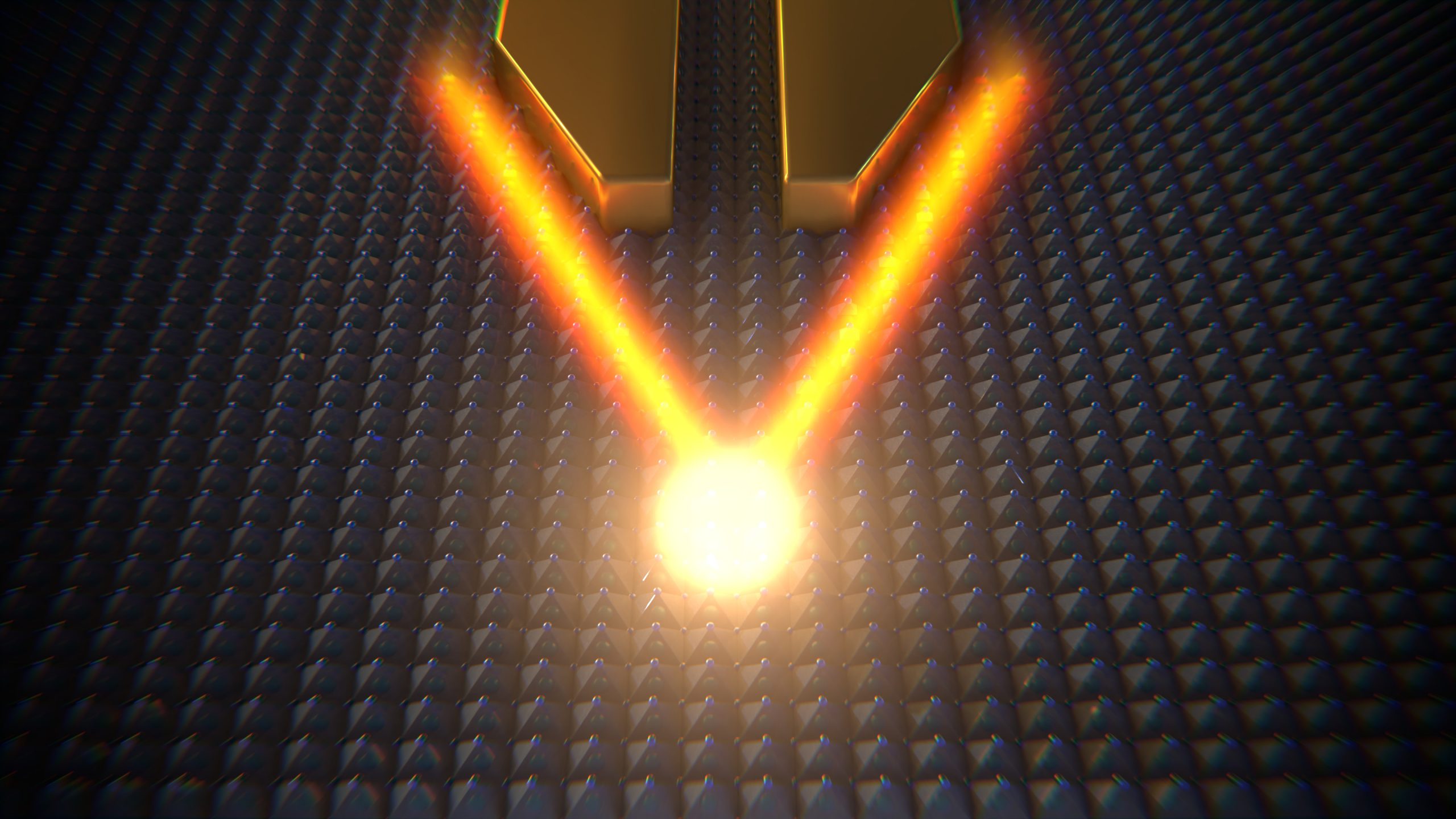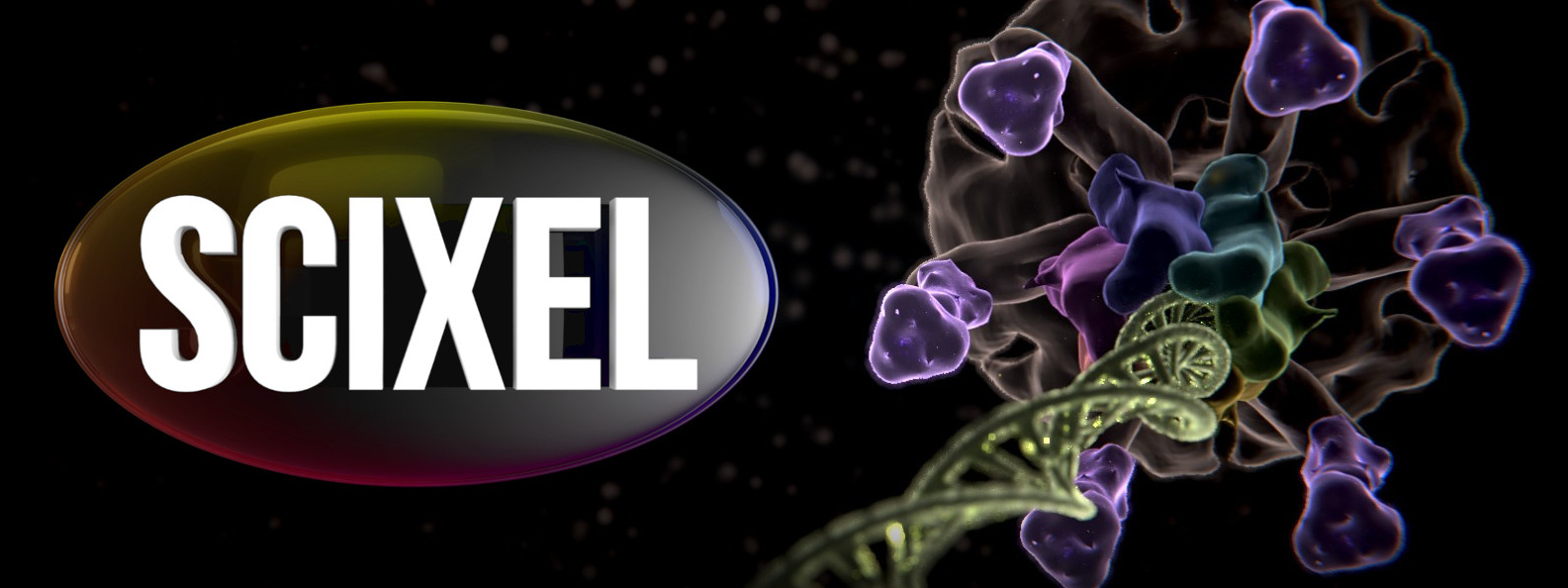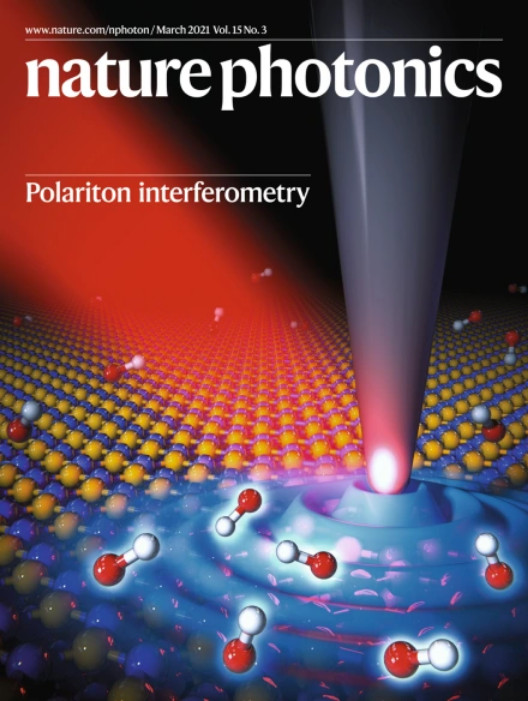This has been a good year for nano optics. And the research group 2DNanoptica (Oviedo, Spain) is largely responsible for this. Leading international collaborations, they’ve published two major advances in high impact factor journals during 2021.
In the first one, published in Nature Communications, they’ve presented a study on the refraction of light in highly anisotropic materials at the nanoscale. They’ve shown how light shows an exotic behaviour under this circumstances: how it can propagate in non-intuitive directions or how the refracted waves can be highly confined. Using these principles, they’ve built nanometric lens able to focus light in spaces way smaller that its wavelength.

In the second one, published in Science Advances, they show a similar result, but this time using two gold nano antennas, shaped in a special way that allows to focus light with a high level of confinement.

These results have obvious applications in optical computation or communications. But also they can work as biological or atmospheric sensors. However that does not really matter, does it? Because this work (both theoretical and experimental) is just beautiful. And that should be enough.
We did this two pictures in collaboration with Patricia Bondía to illustrate this work under close supervision of Pablo Alonso-González and Javier Martín Sánchez.

